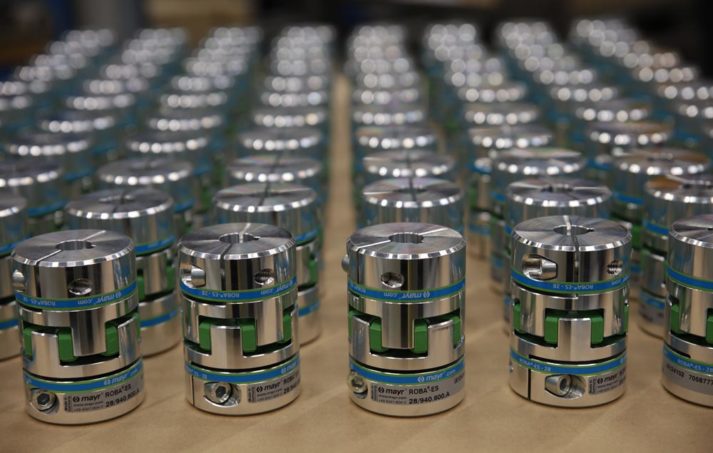Simulation Software Provides a Different Set of Tools for Motor Efficiency
Simulation Software Provides a Different Set of Tools for Motor Efficiency
While some organizations focus on real-world analytics and data collection for predictive maintenance, simulation tools and virtual prototyping can be another solution for motor efficiency.
“The development of highly efficient, robust (fault tolerant) and cost effective electric motors for application in many industries including, but not limited to the transportation, aerospace, defense and consumer products industries have gathered urgency due to current and future regulations. These regulations govern their efficiency levels and other design criterion such as the speed range and noise pollution level,” said Tanvir Rahman, Ph. D. R&D consultant, (engineering) at Infolytica Products Line Mentor Infolytica, a Siemens Business.
As most commercial electric machines are already highly efficient (~90%), designing for even higher efficiencies poses a challenge and requires a systems level approach that include the simultaneous consideration of different machine topologies, materials engineering, thermal system design, acoustic analysis and machine drive component design.

“A prototype-based design approach is impractical because making design changes and re-prototyping is time consuming and costly. Only through simulation and virtual prototyping can the impact of changing multiple design parameters be studied effectively. This enables the non-linear behavior of a model to be understood, the optimal design for multiple objectives and large parameter spaces to be discovered, and the impact of faults arising from electrical sources and manufacturing tolerances be taken into account,” Rahman said.
Simcenter from Siemens PLM Software has various applications for system simulation of electrical powertrains, as well as detailed simulation of electric motors from a multi-physics perspective. For example, Mentor Infolytica’s suite of electromagnetic, multi-physics and optimization software in 2D and 3D, allows the implementation of virtual prototyping of modern electric motors covering each of the aspects mentioned. Infolytica’s design suites include a template-based design software (MotorSolve), multi-objective optimization tool (OptiNet), coupled electromagnetic-thermal simulation software (ThermNet) and a general purpose modeling and analysis software (MagNet).
“This software has been used to simulate the BMW i3 motor, the Toyota Prius and many others. The accuracy of the virtual models have been correlated with dynamometer test results and other industrial standards,” Rahman said.

Siemens entered into an agreement to acquire Montreal, Canada-based Infolytica Corporation, expanding the company’s simulation suite into electromagnetics (EM) in 2017. Infolytica was one of the original pioneers in the field of simulating low-frequency EM and its market-leading simulation software is used by manufacturers worldwide to predict EM and thermal performance.
This accelerates the development of reliable and optimized solutions for electric and electromagnetic devices such as electric machines - including motors, generators and transformers – as well as sensors, induction heating, MRI, and shielding. The Infolytica business was then incorporated into the Mechanical Analysis Division of Mentor, a Siemens business.
The addition of Infolytica enhances Siemens’ Simcenter portfolio for simulation and test, which covers mechanical, thermal, fluid dynamics and electromagnetic simulations. Infolytica’s products are widely used in the design of high-performance electromechanical products across industries such as aerospace, automotive, consumer electronics, electrical appliances, medical equipment, heavy industry and power generation. 
For more information:
Mentor (A Siemens Business)
Phone: (800) 547-3000





